The Suzuki e VITARA is the Japanese brand’s first electric vehicle and Naza Eastern Motors is keen to import it.
Back when Naza Eastern Motors launched the Suzuki Jimny 5-Door, it was hinted at that the local brand guardian was already in talks to bring in an electric vehicle to Malaysia by Q4 2025. The thinking was that the concept eVX would be put into production in India and then fully imported to Malaysia to benefit from the ongoing EV tax exemption.
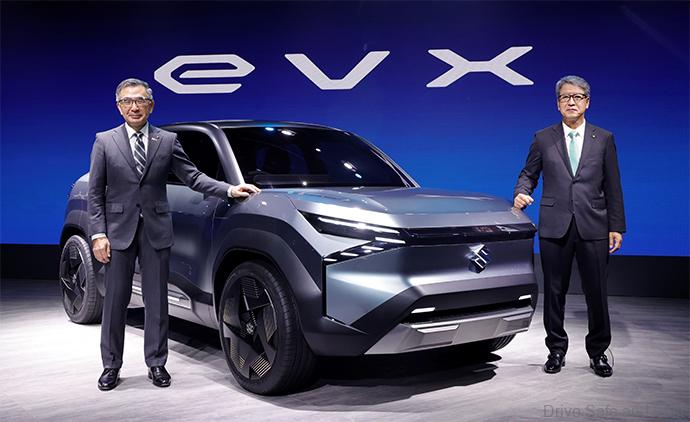
Now it looks as if the first half of the plan is coming into fruition as Suzuki Motor Corporation has indeed unveiled their first battery electric vehicle called the e VITARA. And yes, it is going to be produced at the company’s plant in Gujarat, India starting Q2 2025, giving Naza Eastern Motors enough time to bring in a few cars tax-free before the rules change and local assembly becomes a requirement for tax-free pricing.
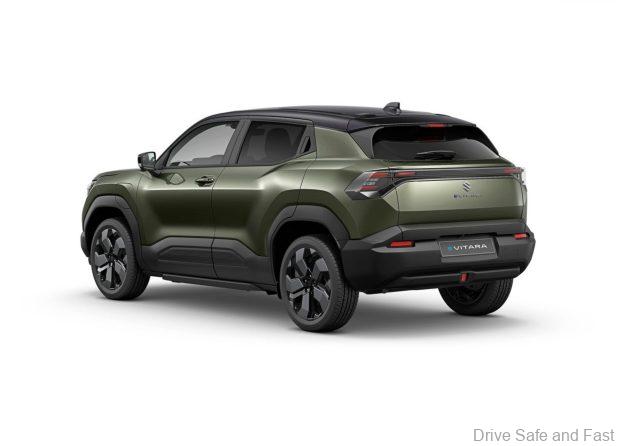
The Suzuki e VITARA is based on the concept eVX which was first shown in January of last year. The production model debuted in Italy, indicating that Suzuki plans to sell these cars in Europe as well. There are a few interesting things to note about the e VITARA the first of which is that it is not directly related to the existing hybrid Vitara model. The e VITARA has a longer s by 100mm and has 200mm longer wheelbase, possible to accommodate the battery pack. It’s entirely possible that the chassis itself is completely unrelated as this is the Heartect-e architecture made for EVs.
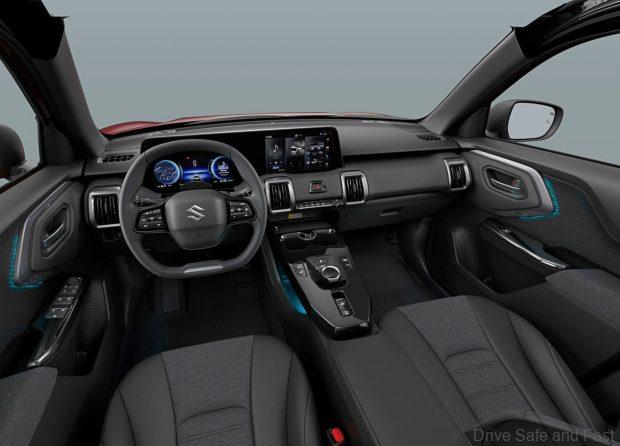
Here are some dimensions:
| Length | 4275mm |
| Width | 1800mm |
| Wheelbase | 2700mm |
| Height | 1635mm |
| Weight | 1702kg-1900kg |
| Boot space | 306 litres |
This is clearly a small vehicle but the powertrain specs are respectable for an EV. There will be single front and dual motor versions with power outputs ranging from 106kW and 189Nm to 135kW and 300Nm. Either a 49kWh battery pack or a 61kWh battery pack will be available.
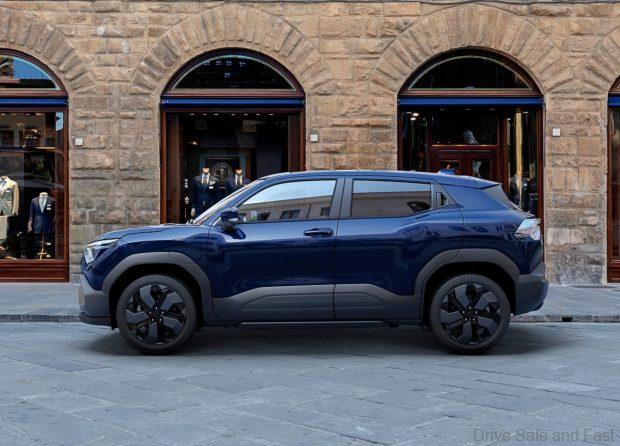
The electric 4WD system, known as Allgrip-e offers Trail mode that applies brakes to spinning tyres and distributing drive torque to the opposite tyre. There are no official figures for range, but it’s expected to hit between 400km to 500km on its maximum range configuration which pairs a single motor to the larger battery pack option.
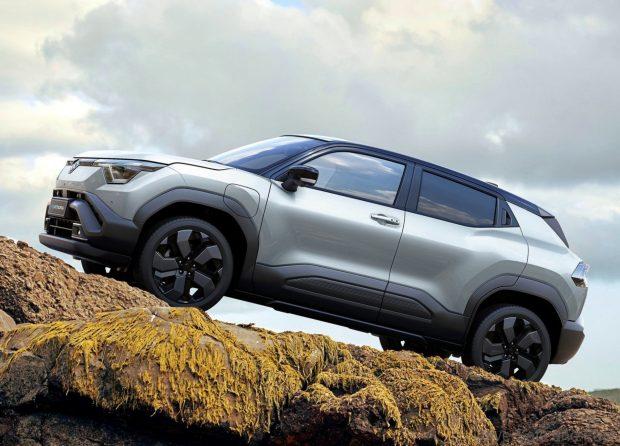
It’s also pretty clear that Suzuki leaned on Toyota for some technology as some switchgear has been taken from the Toyota bZ4X. According to AutoExpress, the rotary gear selector is shared between the two cars. This is somewhat unsurprising as Toyota has been tightening its ties with former rivals in Japan as EV competition from China threatens to undermine their entire industry.



We think this could be an interesting development not just for potential buyers in Malaysia but for the Japanese EV industry in general. Toyota and Subaru have not managed to score big wins yet with their twin EVs, but Suzuki’s lower pricing and made-in-India strategy might open some possibilities. What’s more, with synergies between Suzuki, Toyota, and Daihatsu, it’s possible that some of the technology used in this small EV may find its way into Perodua’s first EV. We shall have to see, as Daihatsu currently does not have a small EV for Perodua to build upon in time for their 2025 deadline.





